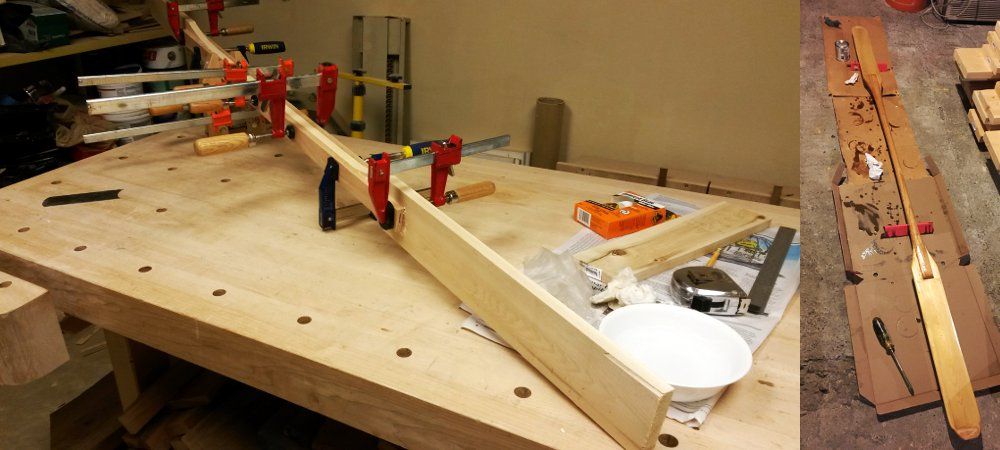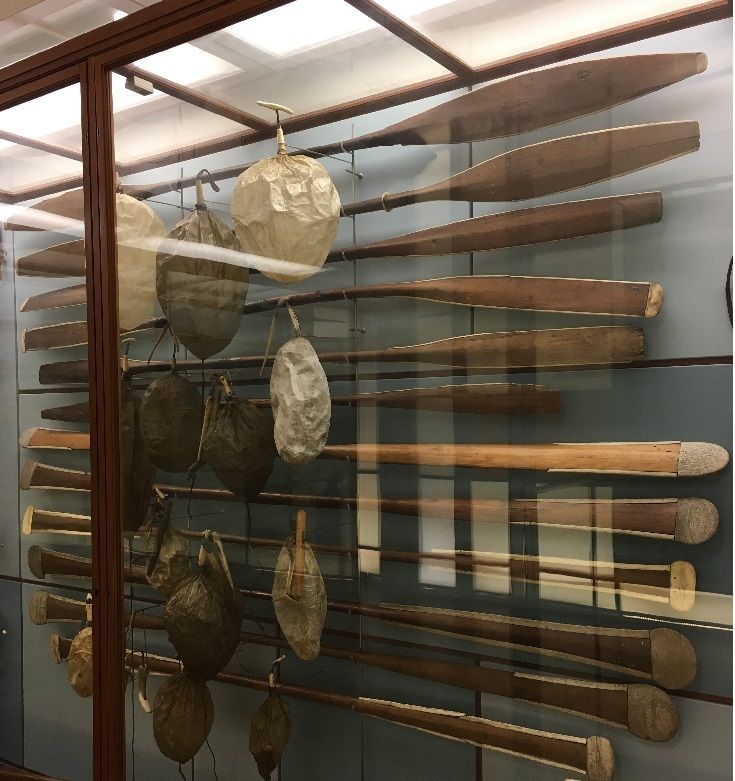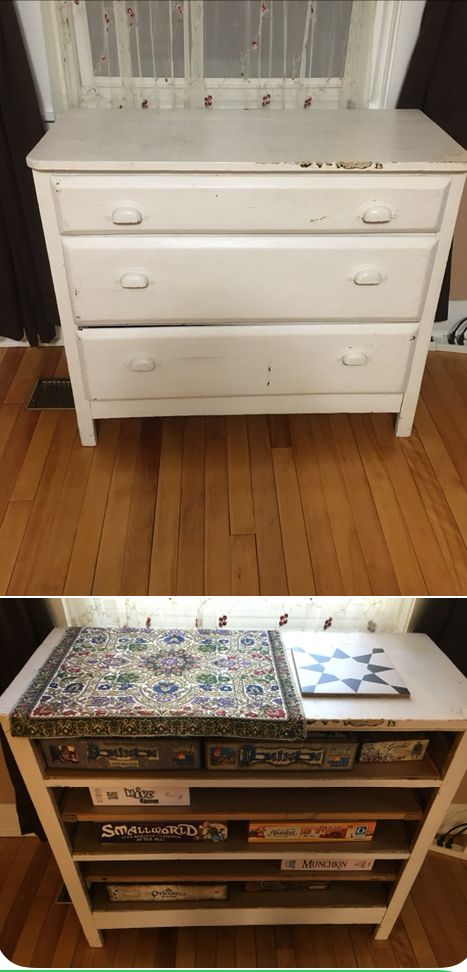Greenland Paddle
In this post, I wanted to share a project I did this year: building a kayak paddle.
The paddle I built is more-or-less in the Greenland style. I adapted the instructions/dimensions from here. Here is a summary of the steps I followed:
- Starting with a piece of white cedar (nominally 1" x 4", 8' long), I cut it to length and cut out the approximate shape of the shaft on a band saw.
- To protect the blade tips from splitting, I glued pieces of oak on the ends with a biscuit joint (with the grain perpendicular to the main part of the paddle). To add strength and stiffness to the shaft, I also glued pieces of oak on the front and back of the shaft.
- I used a hand plane and a spoke shave to shape the paddle: rounding the shaft, tapering the blades, and beveling edges.
- Using a file, I did some final shaping, then sanded it smooth.
- I applied spar varnish to finish it.
The use of white cedar keeps it light, while the oak adds strength in critical places. The paddle is 207 cm long and the blades are 8.5 cm wide. The shaft is longer than suggested by the instructions I looked at, but part of the point of building your own paddle is to make something that feels comfortable. I've used it a couple of times so far and it works well.
Here are some photos of the paddle under construction and once it was finished (next to my back door for scale).


I've previously seen Greenland-style kayak paddles at the National Museum in Denmark (the bags are used for flotation to avoid losing them):

Another DIY project I've done recently is converting an antique dresser (from my grandparents' farmhouse) into storage shelves (for board games). It involved adding shelves into the empty spaces left when the drawers were removed; eventually I want to use the wood and handles from the drawers to build a couple of doors for the front, but for now I'll leave it as open shelves.

There's been enough negative news this year, so I thought I'd end this post with a brief discussion of a documentary I watched this spring that highlighted positive stories about solutions to water challenges that people around the world are implementing. The documentary is called Brave Blue World and has a runtime slightly less than an hour. It's main weakness was that the short length didn't leave much time for details on the initiatives they covered, but it's certainly worth watching if you have the opportunity. Here's a short list of stories from the documentary that I thought were neat:
- Matt Damon's water.org uses microloans to finance water projects, letting people become customers instead of charity cases.
- Sanivation (Naivasha, Kenya) has a business model of supplying and servicing portable toilets in slum households. The waste is collected on a regular basis, and treated with pyrolysis to make charcoal briquettes. So they simultaneously address sanitation needs and provide an energy product.
- The Spanish company Aqualia has a plant in Andalucia that grows algae (reported yields of 100 tonnes/ha/yr) in open raceways using nutrients in wastewater, separates them with dissolved air flotation, uses anaerobic digestion to generate biogas, and upgrades the gas to CNG for fueling vehicles.
- Brave Blue World covered a couple of stories from India: industrial wastewater treatment in the textile manufacturing hub of Tirupur, and rainwater harvesting in Chennai.
- Hydraloop (Leeuwarden, Netherlands) does in-home/decentralized greywater recycling.
In general, water recycling of all sorts was a major theme of this documentary. It also included the statement that there is,
Twice as much energy in wastewater as it takes to treat it; we add a lot of energy to destroy energy
Water reuse and energy recovery are important themes in my profession, and I thought Brave Blue World did a good job conveying that.